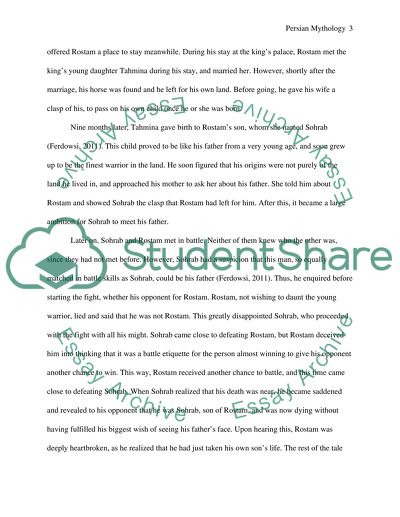Cite this document
(“Persian mythology Research Paper Example | Topics and Well Written Essays - 1500 words”, n.d.)
Retrieved from https://studentshare.org/nursing/1424679-persian-mythology
Retrieved from https://studentshare.org/nursing/1424679-persian-mythology
(Persian Mythology Research Paper Example | Topics and Well Written Essays - 1500 Words)
https://studentshare.org/nursing/1424679-persian-mythology.
https://studentshare.org/nursing/1424679-persian-mythology.
“Persian Mythology Research Paper Example | Topics and Well Written Essays - 1500 Words”, n.d. https://studentshare.org/nursing/1424679-persian-mythology.


